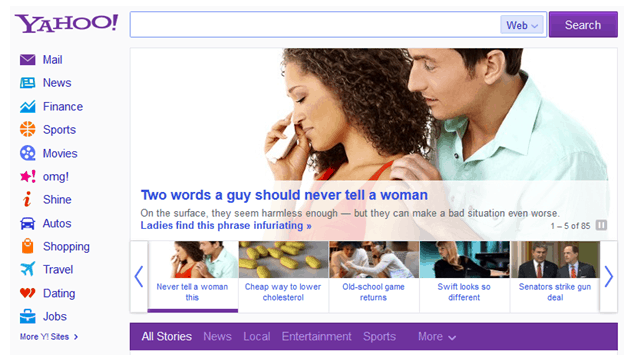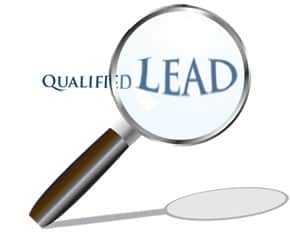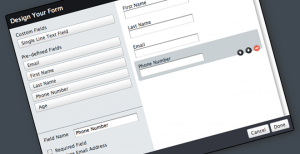The Top 5 Reasons Every Business Needs Website Visitor Tracking
![]() Website visitor tracking is an essential technology your business should use to stay competitive. More consumers shop online than anywhere else and website visitor tracking monitors buyer behavior while creating in depth profiles on every lead that comes in contact with your company’s front door and brand; your website. It is the most efficient and effective way to capture, profile, and convert leads.
Website visitor tracking is an essential technology your business should use to stay competitive. More consumers shop online than anywhere else and website visitor tracking monitors buyer behavior while creating in depth profiles on every lead that comes in contact with your company’s front door and brand; your website. It is the most efficient and effective way to capture, profile, and convert leads.
Here are the top 5 reasons every business needs website visitor tracking:
1. Captures all online traffic that visits your site
There are hundreds or thousands of leads passing through your website on a daily basis and right now approximately 95% of them are moving onto another site unnoticed. Website visitor tracking is an automated program that guarantees every single lead is caught and profiled.
2. Produces pertinent data for lead qualification
Tracking visitor’s online behavior provides the marketing automation engine with powerful data that can be used for lead scoring and qualification. By monitoring where each lead travels on a website, it will help determine their needs and interests. This also includes registration forms and surveys to draw-out useful demographic characteristics.
3. Gives your salespeople a better understanding of your customer’s needs
Website visitor tracking will not only make it easier to qualify leads, but it will also provide your salespeople with valuable information about each visitor. It shows exactly which pages they are visiting, how long they stay on each page, and how frequently they visit your site. This insight can be used to nurture and convert more leads into customers.
4. Proves whether campaigns are working or not
Unfortunately, not every effort that is made in your marketing automation strategy will have stellar results. Website visitor tracking is a great way for marketers to see exactly what is working and what methods still need more work.
5. Provides marketers with a bounce-rate for landing pages
A bounce-rate shows how many visitors arrived on your website from a specific landing page and then immediately left. This information will help marketers determine why consumers are not staying longer than a few seconds when they land on certain pages. This is usually a sign that the link taking them to a page is misleading or there is an issue with the information on the landing page.
Website visitor tracking captures every lead, produces necessary data for lead qualification, assists salespeople in understanding their customers, provides a metrics for measuring campaign success, and provides a bounce-rate for landing pages. All five of the top reasons your business needs website visit tracking have one critical thing in common; they all work together to generate more revenue. Revenue generation is really the greatest reason why all businesses need website visitor tracking.










